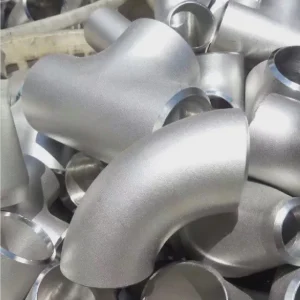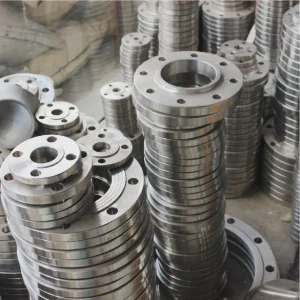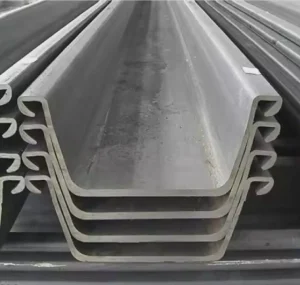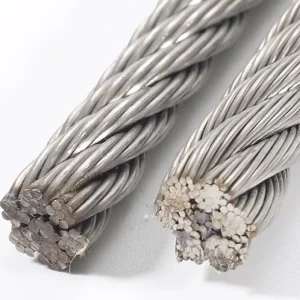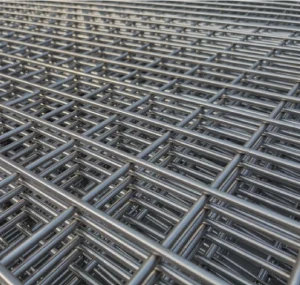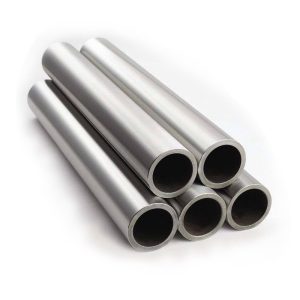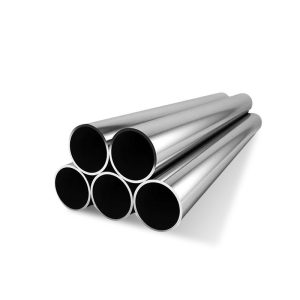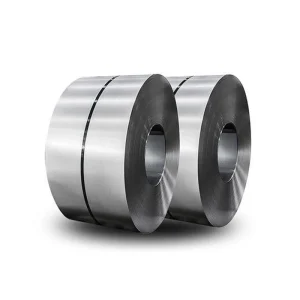Aluminum prices per pound can fluctuate based on market demand, production costs, and global economic conditions. On average, the price of aluminum per pound typically ranges from $0.80 to $1.50 as of 2025. However, prices can vary widely depending on factors such as the form of aluminum (raw, scrap, or processed), regional market conditions, and industry demand. For instance, the cost for aluminum ingots and billets may differ from the price of recycled aluminum scrap.
1. What Factors Affect the Price of Aluminum?
Aluminum pricing is primarily influenced by supply and demand dynamics in global markets. Here are some of the key factors:
-
Raw Material Costs: The cost of bauxite, the primary raw material for aluminum production, plays a pivotal role in determining aluminum prices.
-
Energy Prices: Aluminum production is energy-intensive, so fluctuations in electricity and natural gas prices directly impact the cost of aluminum.
-
Labor Costs: Labor costs, particularly in countries where major aluminum manufacturers are located, also factor into pricing decisions.
-
Geopolitical Factors: Political instability or tariffs can disrupt the aluminum supply chain, causing price volatility.
2. Aluminum Prices: Historical Trends and Predictions
Aluminum prices have seen significant fluctuations over the years. From the 1980s to the early 2000s, prices were relatively stable, but global demand, especially from China, began increasing sharply in the mid-2000s, leading to higher prices. The market saw a dramatic rise during the 2008 global recession but has since rebounded.
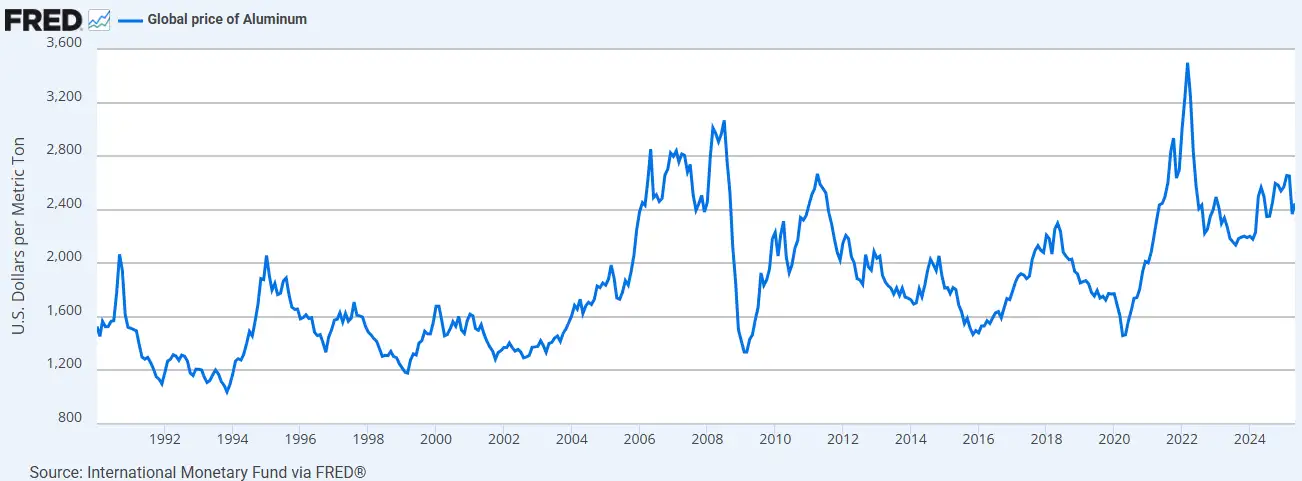
Current Price Trends (2025):
-
On the London Metal Exchange (LME), aluminum prices hover around $1.00 per pound.
-
In the United States, the price per pound is slightly higher, reflecting domestic production and transportation costs.
Future Outlook:
Aluminum prices are expected to experience moderate increases due to the rise in demand for electric vehicles, renewable energy infrastructure, and increasing usage in aerospace industries.
3. Price Breakdown: Raw Aluminum vs. Processed Aluminum
When buying aluminum, it’s important to differentiate between raw and processed forms:
| Form | Price Range (per pound) | Characteristics |
|---|---|---|
| Raw Aluminum | $0.80 - $1.20 | Primarily used in the manufacturing of aluminum ingots. |
| Recycled Aluminum | $0.50 - $1.00 | Cost-effective and environmentally friendly; used in various applications. |
| Processed Aluminum | $1.00 - $1.50 | Aluminum in sheet, plate, or foil form, used in industries like aerospace and automotive. |
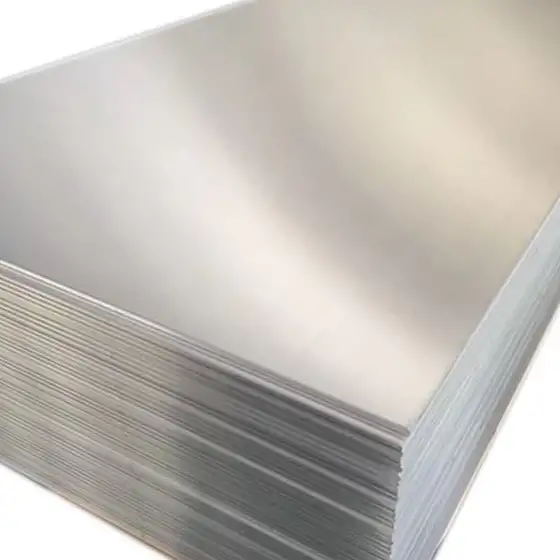
4. Why is Recycled Aluminum Cheaper?
Recycled aluminum costs significantly less than raw aluminum due to the lower energy requirements involved in its production. Recycled aluminum retains the same properties as new aluminum, making it an attractive option for manufacturers, especially in the automotive and packaging industries.
The recycling process uses only 5% of the energy needed to create aluminum from bauxite, making it more sustainable and cost-effective. According to the Aluminum Association, recycling aluminum saves up to 95% of the energy required to produce new aluminum.
5. Case Study: Price Impact of Aluminum in the Automotive Industry
The automotive industry is one of the largest consumers of aluminum due to its lightweight properties, which contribute to fuel efficiency and reduced emissions. In recent years, automakers have increasingly turned to aluminum for car bodies and components.
-
Case Study Example: In 2020, Ford increased the use of aluminum in its F-150 trucks. This shift led to a 10% increase in the vehicle's price, driven by the rising cost of aluminum due to supply chain disruptions from COVID-19.
While the use of aluminum has clear benefits, it also reflects the broader price trends in raw materials, which automakers must account for when planning production costs.
6. Aluminum Scrap: A Lucrative Source of Material
Scrap aluminum is a critical part of the global aluminum supply chain. In fact, about 75% of all aluminum ever produced is still in use today, recycled into new products. The price of scrap aluminum is typically lower than raw aluminum due to its pre-used state, but it remains a key component of reducing costs and environmental impact.
7. Current Aluminum Price in Different Markets
The price of aluminum varies globally based on local supply and demand. Here’s a comparison of aluminum prices in different regions (as of 2025):
| Region | Price (per pound) | Notes |
|---|---|---|
| United States | $1.05 | Domestic production cost and transportation expenses. |
| China | $0.95 | China is the world’s largest producer of aluminum, affecting global supply. |
| Europe | $1.15 | Strong demand from the automotive sector. |
8. FAQ: Frequently Asked Questions
Q1: What is the cost of aluminum per pound in 2025?
A1: As of 2025, aluminum prices typically range from $0.80 to $1.50 per pound, depending on the form and market conditions.
Q2: Why is recycled aluminum cheaper than raw aluminum?
A2: Recycled aluminum is cheaper because it requires significantly less energy to process, making it more cost-effective and environmentally friendly.
Q3: How does the price of aluminum compare to other metals?
A3: Aluminum is generally more affordable than metals like copper and gold. However, it is pricier than iron and steel, which are used in similar applications.
Q4: Where does most of the world’s aluminum come from?
A4: The largest aluminum producers are China, the United States, and Russia, with China being the dominant force in both production and consumption.
Q5: How can I purchase aluminum at a competitive price?
A5: Purchasing aluminum directly from suppliers or through a network of metal wholesalers can help you secure competitive prices, especially for bulk orders.



